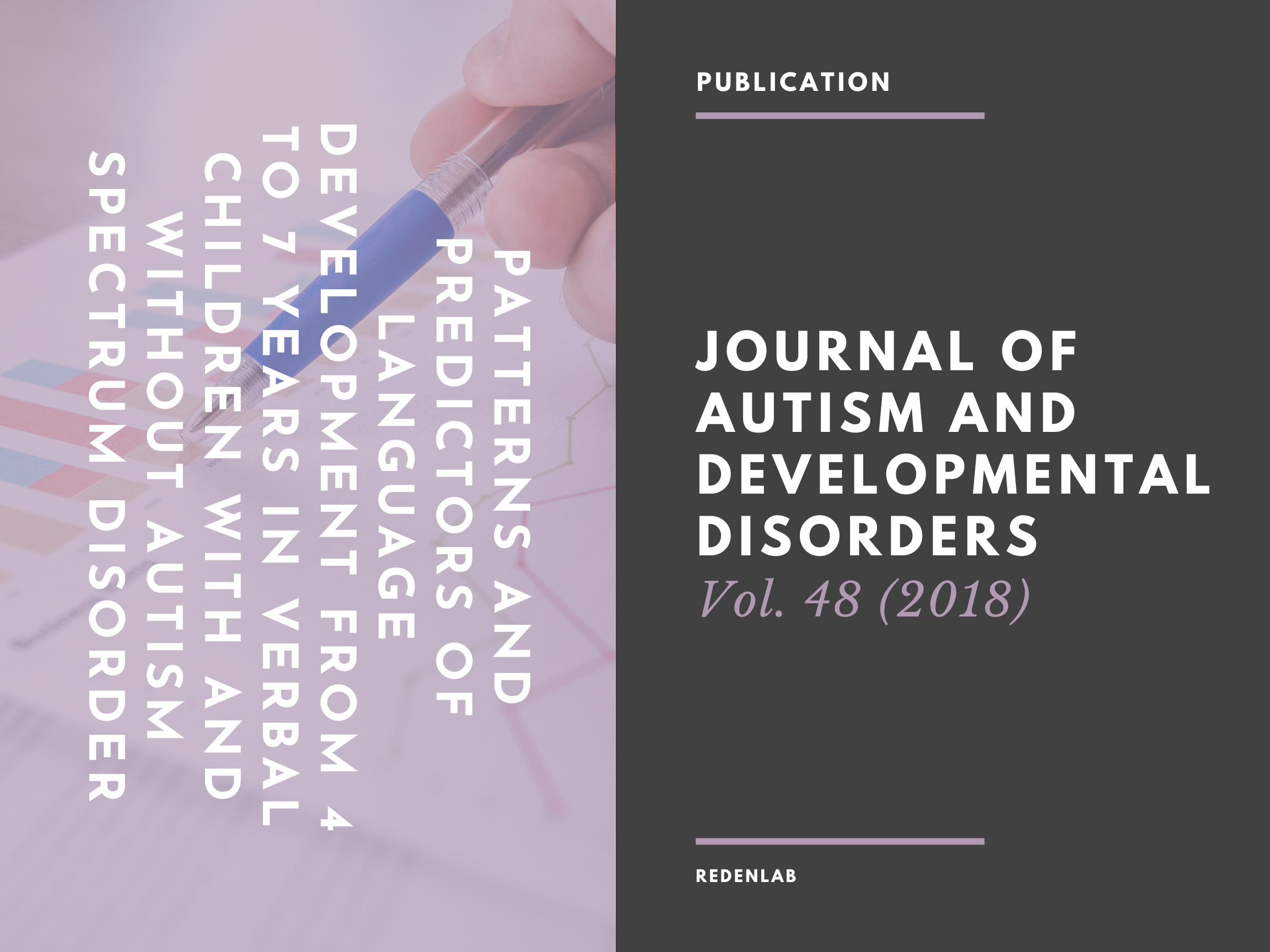SCIENCE: Patterns and predictors of language development from 4 to 7 years in verbal children with and without autism spectrum disorder

Published in Journal of Autism and Developmental Disorders
This study used a prospective community-based sample to describe patterns and predictors of language development from 4 to 7 years in verbal children (IQ ≥ 70) with autism spectrum disorder (ASD; n = 26–27). Children with typical language (TD; n = 858–861) and language impairment (LI; n = 119) were used for comparison. Children with ASD and LI had similar mean language scores that were lower on average than children with TD. Similar proportions across all groups had declining, increasing and stable patterns. Language progressed at a similar rate for all groups, with progress influenced by IQ and language ability at 4 years rather than social communication skills or diagnosis of ASD. These findings inform advice for parents about language prognosis in ASD.
Click here for more details.
